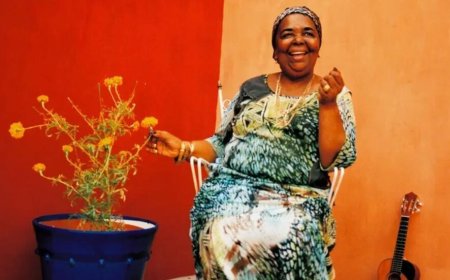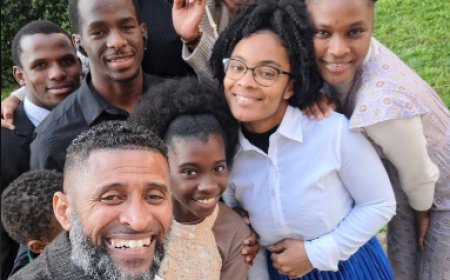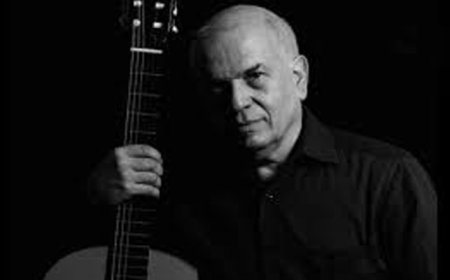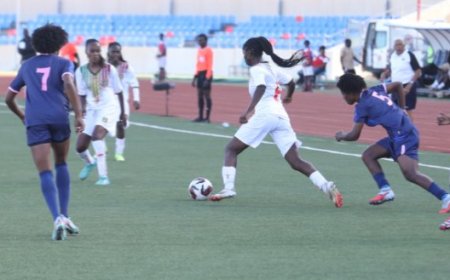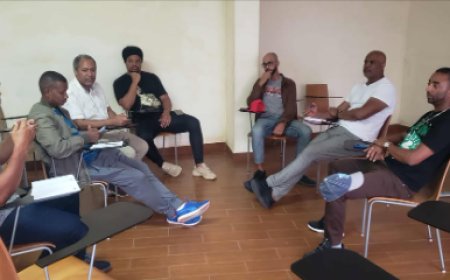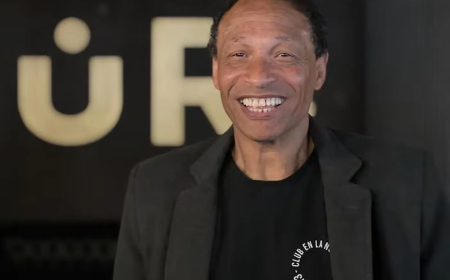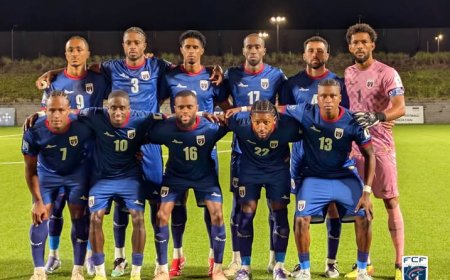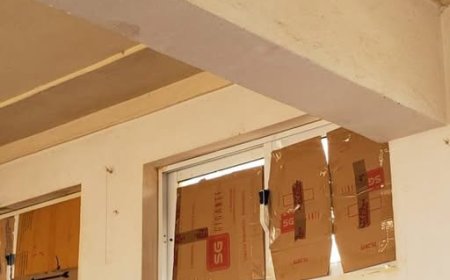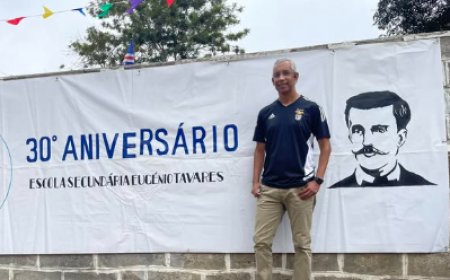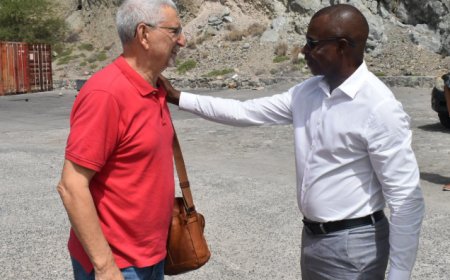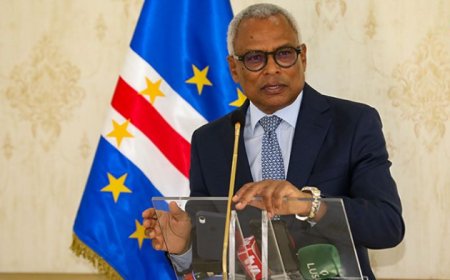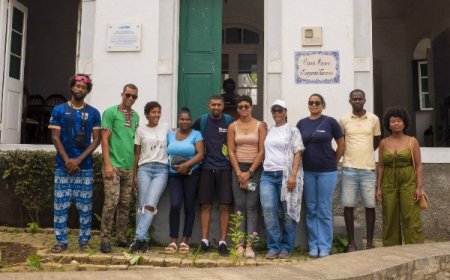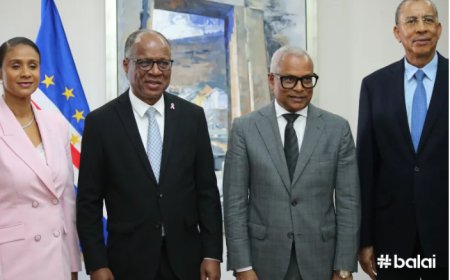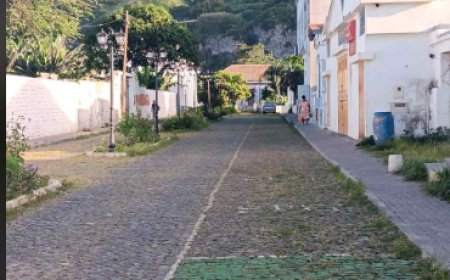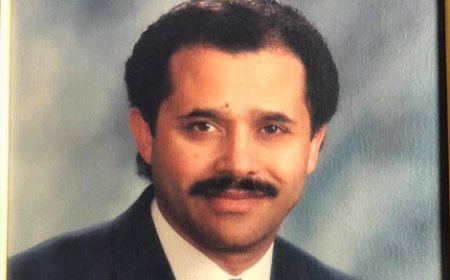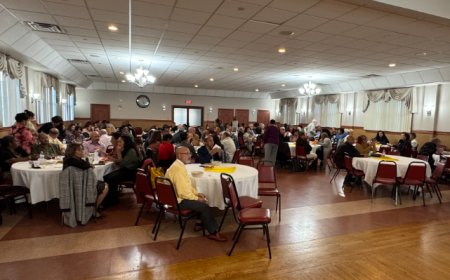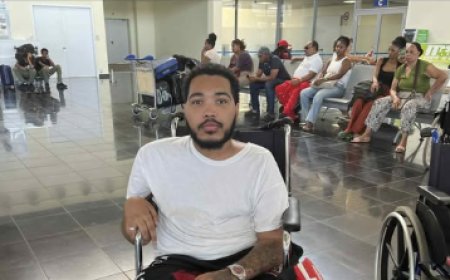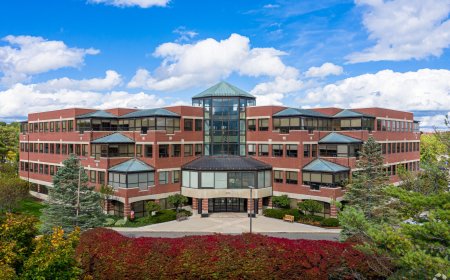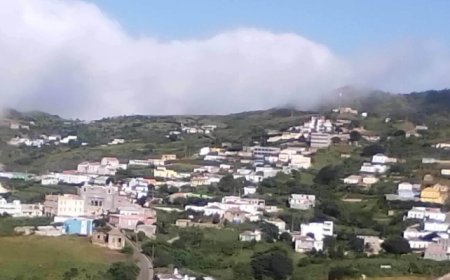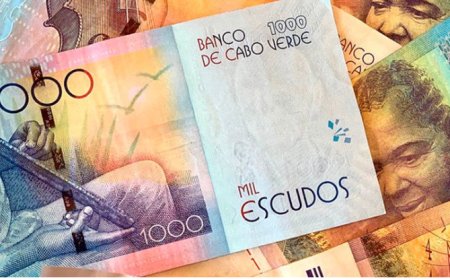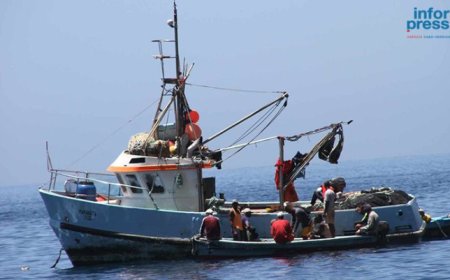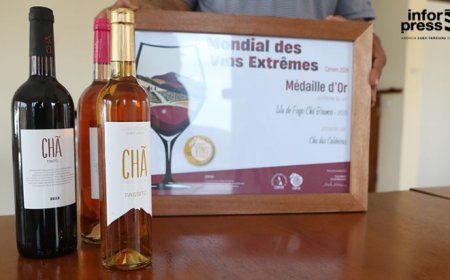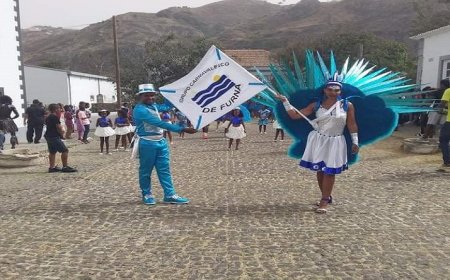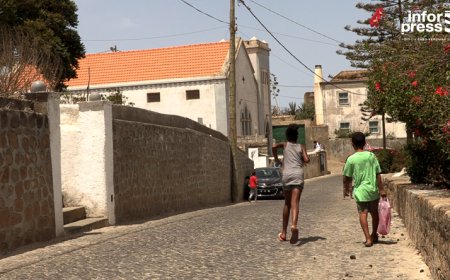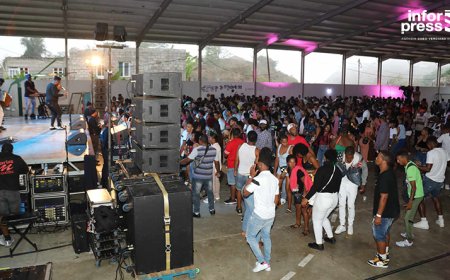Brava celebrates its patron saint - Today is Saint John the Baptist's day
City of Nova Sintra, June 24, 2025 (Bravanews) - The festivities of São João Baptista on the island of Brava, in Cape Verde, are much more than a religious celebration, they are a true spectacle of culture, tradition and communion that beats in the heart of this small and charming island. São João, the patron saint, is honored with deep devotion and contagious joy, transforming Brava into a stage of colors, sounds and flavors that endure in the memory of those who experience them.
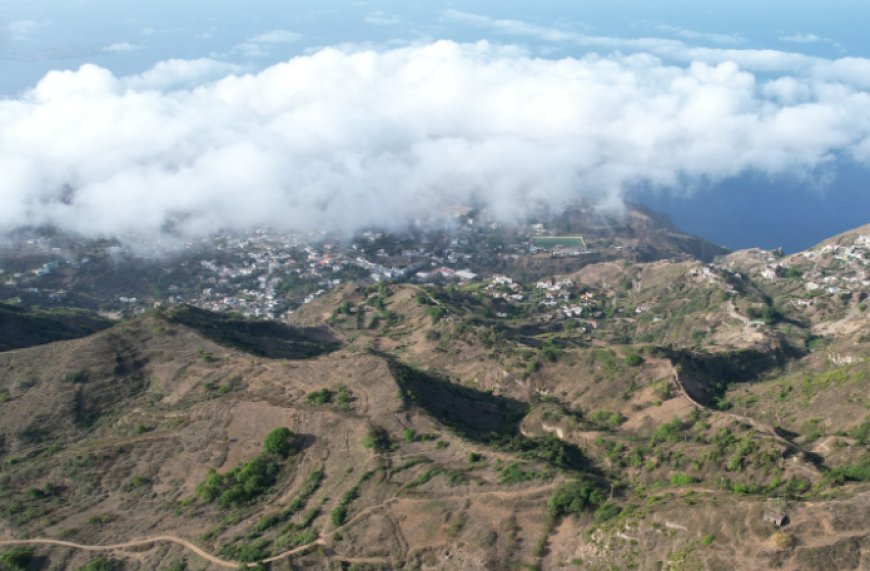
The festive atmosphere begins to heat up on the eve of Saint John's Day, on June 23rd. The streets and squares come alive with preparations, and a lively buzz fills the air. One of the most striking traditions is the bonfires that are lit in various places, especially in rural areas. Children and adults gather around them, sharing stories, laughter and the warmth of togetherness. It is common to see groups dancing and singing traditional songs, while the aroma of home-cooked food begins to waft through the air. The night before is an invitation to socialize, a magical prelude to the big day.
On June 24th, the island awakens with renewed fervor. The procession in honor of Saint John the Baptist is the highlight of the religious celebrations. The image of the saint is carried on the shoulders of the faithful, walking through the streets to the sound of songs and prayers, on a route adorned with flowers and colorful cloths. It is a moment of intense faith, where the community comes together to express its devotion.
After the religious rites, the festival takes on a more secular and exuberant character. The "colá" is, without a doubt, the most emblematic dance of the São João festivities in Brava. Groups of people, dressed in vibrant traditional costumes, dance to the rhythmic sound of the drum, the ferrinho and other instruments. The movements are synchronized and full of energy, reflecting the joy and vitality of Brava's culture. The "colá" is not just a dance; it is a form of collective expression, a ritual that connects generations and keeps the island's identity alive.
The São João festivities are also a true feast for the senses. Traditional cuisine plays a central role, with dishes that are passed down from generation to generation. Couscous with sugar cane honey is an essential delicacy, as is cachupa, prepared with care to feed the party-goers. Cakes, homemade sweets and ponche, a typical alcoholic drink, are shared in abundance, inviting socializing and celebration. Each house opens its doors to welcome friends and family, strengthening community ties through the sharing of food and drink.
Music is the soul of the São João festivities. In addition to the "colá", other traditional rhythms, such as the morna and the coladeira, echo through the streets and squares. Musical groups liven up the festivals, inviting everyone to join in the dancing. The lyrics of the songs often tell stories of the island, talk about love, faith and life in the archipelago, creating an atmosphere of nostalgia and joy at the same time. Dance and music are vehicles of expression, liberation and unity, where everyone, young and old, lets themselves be carried away by the contagious rhythm.
What makes the São João festivities in Brava truly special is the strong sense of community and family. Everyone takes part in the preparations and celebrations, from the youngest to the oldest. Families get together, emigrants return to the island for the occasion, and the spirit of togetherness is palpable. It is a time for reunions, strengthening ties and celebrating Brava’s identity. Solidarity and mutual support are striking features of these festivities, where the joy of one is the joy of all.
In short, the São João Baptista festivities on Brava Island are a vibrant manifestation of the Cape Verdean soul. They are a mix of faith and revelry, devotion and fun, where tradition meets contagious joy. More than just an event on the calendar, they are an immersive experience that celebrates the culture, family unity and resilient and welcoming spirit of the people of Brava, leaving each visitor wanting to return for another São João.
The São João festivities in Brava are not just a folkloric celebration; they are deeply rooted in the Catholic faith of the population. Saint John the Baptist, the precursor of Jesus Christ, is a figure of immense importance. His birthday, June 24, is celebrated as a day of renewal, purification and hope. In Brava, this devotion is manifested in every detail, from the fervent prayers to the boundless joy. It is a harmonious fusion of the sacred and the profane, where faith inspires the celebration of community life.
The bonfires, lit on the eve of Christmas Eve (June 23rd to 24th), are one of the most iconic and symbolic elements. More than just warming the environment, they represent purification and renewal. Tradition says that jumping over the bonfire, in some places, can bring luck and ward off the evil eye. In Brava, bonfires are meeting points where families and neighbors gather. Children, in particular, are fascinated by the glow and heat, while the elderly share stories and proverbs. It is an ancient ritual that connects the community to the land and past traditions, invoking protection and good harvests.
The "colá" is, without a doubt, the musical and danceable soul of the festivals. It is a vibrant circle dance, with synchronized movements and full of energy. Participants often wear colorful and traditional costumes, which include full skirts, bright blouses and headscarves for women, and light shirts and pants for men.
The musical instruments that drive the "colá" are simple but powerful:
Drum: The heart of the rhythm, marking the pulse of the dance.
Ferrinho: A metallic percussion instrument that adds a vibrant, high-pitched sound.
Cavaquinho: Although less prominent in the pure "colá", it can appear in variations or in other June songs.
Voices: The singers sing lyrics that talk about everyday life, love, praise for Saint John and life on the island.
The "colá" is not just a performance dance; it is an invitation to participate. Everyone, from the youngest to the oldest, is encouraged to join in the circle, creating an atmosphere of pure collective joy. It is an expression of identity and cultural heritage that is expressed in an authentic and passionate way.
The procession on June 24th is a time of great reverence. The image of Saint John is carefully adorned with fresh flowers and embroidered fabrics, symbolizing the purity and holiness of the patron saint. The procession passes through the main streets, which are previously decorated with colorful flags, arches of foliage and decorative panels, many of which are handmade by the community. The sound of religious songs and prayers accompanies the procession, creating an atmosphere of deep spirituality and unity.
Cuisine is an inseparable part of the celebration, reflecting the generosity and hospitality of the people of Brava.
Couscous with Sugar Cane Honey: This is the star of the June festivities. The couscous, made from corn, is steamed and served with a generous portion of sugar cane honey, which gives it a unique sweetness and flavor. It is a simple dish, but deeply comforting and tasty.
Cachupa Rica: You can't miss cachupa, the national dish of Cape Verde, made with corn, beans, and a variety of meats and vegetables. At São João, it is made in large quantities to share with everyone.
Traditional Sweets: Various homemade sweets, such as bolinhos de chuva, corn pastries and cornbread, are prepared with care and offered to visitors.
Ponche: An alcoholic drink made from sugarcane brandy, sugarcane honey and, sometimes, spices, which warms the body and lifts the spirits of party-goers.
What really defines the São João festivities in Brava is the strong sense of community and openness to others. Homes open their doors to welcome neighbours, friends and even strangers. It is not uncommon to be invited in and share a meal or a drink. Emigrants who live in other countries make a point of returning to the island at this time, strengthening family ties and ties with their homeland. It is a time of reconciliation, sharing and renewing friendships, where differences are set aside in favour of collective celebration. The joy is contagious, and everyone's participation, from the preparations to the end of the festivities, is essential to its success.
